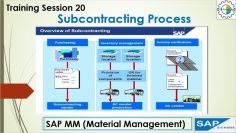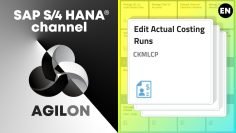In this tutorial, the author provides a comprehensive overview of demand management and planning strategies in SAP. Here’s key notes from the video session:
- The author introduces the topic of planning strategies in SAP and emphasizes their importance in most businesses. He mentions strategy 11, strategy 40, strategy 20, and strategy 82 as examples of planning strategies.
- Using an Excel screen, author demonstrates the various planning strategies, focusing on aspects such as available stock, setup, and master data learning status.
- Author provides a step-by-step guide on how to input demands in SAP, highlighting the significance of independent requirements and configurations.
- He walks through several important steps in SAP, including inputting requirements, managing routing groups, creating production versions, and more.
- During the demonstration, author encounters some issues and errors, demonstrating how to address and resolve them in real-time.
- Author discusses various SAP functionalities related to demand management and production planning, including production management confirmations, purchase requisitions, purchase orders, and goods receipts.
- He emphasizes the importance of understanding the differences between strategy numbers, such as strategy 10 and strategy 11, and provides insights into the configuration of order types and strategy groups in SAP.
- Author mentions relevant transaction codes for material management, demand management, and production planning, highlighting their significance in the overall process.
- He concludes by emphasizing the importance of differentiating between independent and dependent requirements in SAP.
Conclusion:
Author’s tutorial provides a comprehensive overview of demand management and planning strategies in SAP.
By understanding the various planning strategies, their configurations, and their integration with different SAP functionalities, businesses can optimize their production planning processes and ensure efficient and accurate demand management.































